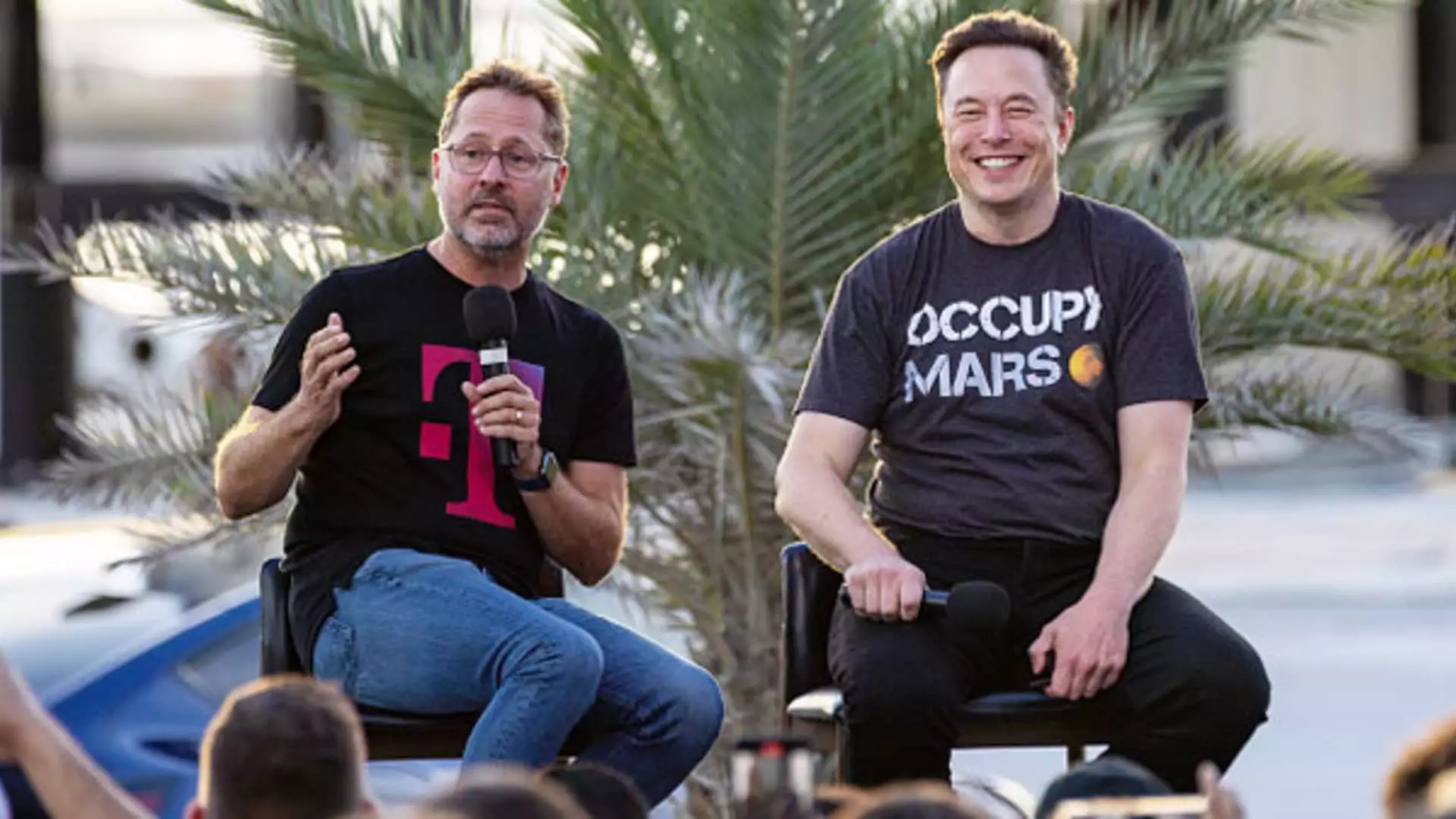In a significant milestone for the space industry, SpaceX has successfully conducted a test to send text messages via its Starlink satellites using T-Mobile’s network. The test proves the viability of SpaceX’s direct-to-device (D2D) cell service, which the company plans to bring to market in the near future. This achievement marks a major development in the race among industry players to connect unmodified phones directly to satellites, opening up new opportunities within the nascent subsector of the space economy.
SpaceX’s recent launch of the first six Starlink satellites equipped with D2D capabilities follows the authorization it received from the Federal Communications Commission last month to test this groundbreaking technology. The company conducted a texting demonstration, where it successfully sent and received text messages between unmodified cell phones on the ground and its new satellites in space. This successful test validates the effectiveness of the system and highlights the immense potential of D2D capabilities within the Starlink network.
Recognizing the demand and high interest in D2D capabilities, SpaceX has formed partnerships with leading mobile operators such as T-Mobile, Rogers, Optus, and KDDI. These strategic collaborations aim to enhance the connectivity and accessibility of the Starlink network. SpaceX plans to introduce D2D text services later this year and anticipates expanding its offerings to include voice, data, and internet of things services by 2025. The company’s ambition is further demonstrated by the rapid growth of its Starlink internet service, which currently boasts more than 5,000 satellites in orbit and serves over 2.3 million customers worldwide.
Industry Collaborations
SpaceX is not alone in realizing the potential of D2D services. Several smartphone manufacturers, service providers, and satellite companies have also entered the race to deliver this revolutionary communication solution. Apple, for instance, has invested heavily in providing its “Emergency SOS with Satellite” service, which was rolled out with the iPhone 14 models through a partnership with satellite operator Globalstar. Similarly, Qualcomm recently ended its partnership with Iridium, a satellite communications company, leading Iridium to embark on a new initiative called “Project Stardust.” Iridium plans to test its D2D service in 2025 before gradually introducing it to the market by 2026.
SpaceX’s successful test of sending text messages via its Starlink satellites using T-Mobile’s network represents a major step forward in the field of satellite communication. As the company prepares to bring its D2D cell service to market, it is poised to disrupt and revolutionize the industry. With the strong demand and interest in D2D capabilities, SpaceX’s partnerships with prominent mobile operators and its grand vision for expanding its services indicate that the future of satellite communication is indeed bright. As other industry players also push forward with their own initiatives, the race to enable direct-to-device connectivity continues, promising a future where seamless satellite communication is accessible to all.

Leave a Reply